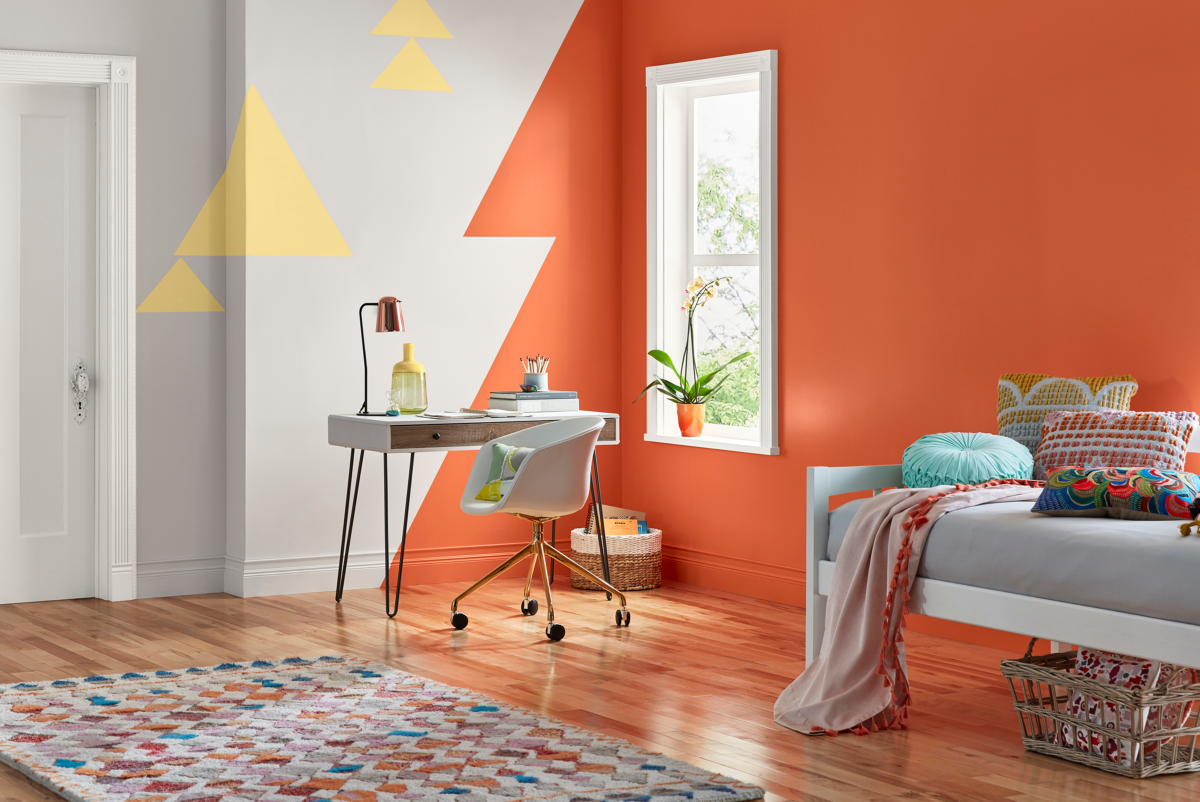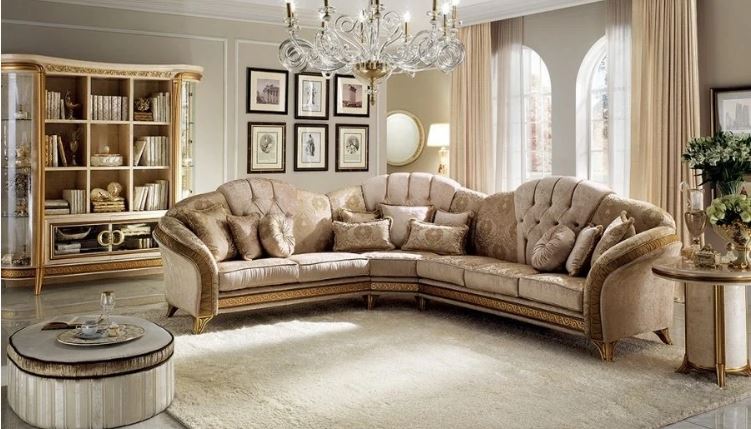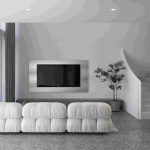
Neoclassicism originated in wealthy European and American families in the 1700’s and early 1800’s, and was inspired by Ancient Greek and Roman decoration. This is a special style which is capable of bringing an elegant touch and timeless aesthetic for any place.

1. Colors
Light, creamy colors for walls and mild tones are generally used. A thing to remember when applying the style is to create a low contrast between background and accent colors to bring out the luxurious, elegant and classic look.
2. Furniture

Neoclassical interior design emphasizes simplicity and symmetry. Therefore, a good tip for this is to choose what is the most necessary. Consider furniture with simple wooden frames and plain design, dressing and coffee tables, banquets and other classic elements.
3. Decoration
To decorate a neoclassical style room, elements from Greek and Roman classics, or French Baroque and Rococo such as columns and pilasters can be chosen. Moreover, use of different sources of light like natural light from windows and doors, chandeliers, wall lights and sconces can make the room look luxurious as well as bright and cozy.
4. A more modern use of the Neoclassic style

Modernizing Neoclassicism is also a trend in interior design. Some examples are using Italian damask wallpaper and LED-lit ceilings. While there are some concerns about breaking the tradition of the Neoclassical style, in the hands of talented designers, these modern features can preserve the inherent beauty of the Neoclassical style, but also bring a new, fresh and invigorating look.
Luxury and elegance are the core of neoclassical interior design. Hence, it has always been a top choice for designs of high-class homes, apartments and offices. If this style intrigues you, we recommend this video, or click here to get ideas. To find the best design solution for your place, contact us now!










